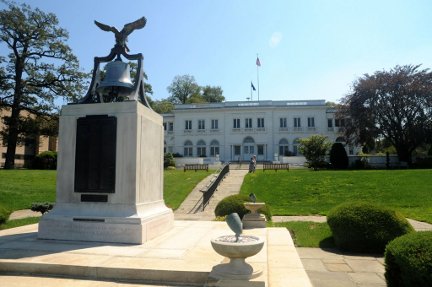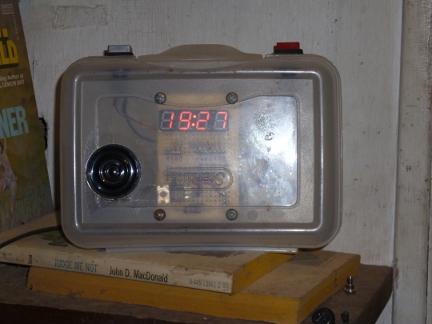Microprocessor ControlPlease help support this open source work by becoming a True Fan The Little PictureOne way to describe the goal of the B2M project is to take a process that's well established at the industrial scale, and reduce it down to something that will work at the rural village scale. One of the tool sets that we'll be using to accomplish that reduction in scale involves the Atmel microprocessor that lies at the heart of the Arduino micro-processor controler.The natural impulse in designing a processing plant is to build it big in order to reduce the labor cost per unit of production; as we undertake to go the other way, we'll be using small computers to automate, control and monitor various parts of the process as a way to keep our labor costs from rising as plant through-put falls. Lots of modern systems, from automobiles to washing machines, incorporate computer chips to control the process, interact with the user and even self-diagnose problems. We'll be doing the same thing. In time, as the operational parameters are worked out, the need for control chips will lessen, but in the early stages of the development process, having lost of real-time feedback will enable the work to go forward more quickly and confidently. Also the use of micro-controllers facilitates the task of breaking down the work into manageable sections, something which lies at the heart of our approach to building sustainable systems. The ArduinoThe Arduino is a popular open-source platform for doing all sorts of projects. The boards are inexpensive, and designed to "stack," a practice which allows various sorts of application specific boards to be easily mounted on top of the actual control board. Because of the large number of people working with the Arduino, many of the sub-routines we'll be using can be readily adapted from prior-work.Perhaps the best way I can convey the excitement building around the Arduino is by referring you to a TED talk by Massimo Banzi, one of the developers of the Arduino and a fan of the Maker culture that it's facilitating. A Ship's ClockAt each step in this project, we look for the parts of the project than can provide useful interim benefits such as the conversion of our work truck to run on a gaseous fuel. In the case of the biomass compressor's computer control system, the smallest useful form we thought of was to use the Arduino to create a ship's clock.Sailors on a ship usually stand four hour watches which were originally timed using an "hour" glass, or to be more precise, a "half-hour" glass. At the end of the first half hour of the watch, a bell was wrung, and at the end of the first full hour, two bells would be wrung. And the sequence progressed until eight bells signaled the end of one watch and the beginning of another. For more information on the ship bell's method of telling time, Click Here. During my middle schools years, I lived on the campus of the U.S. Merchant Marine Academy at Kingspoint, Long Island, NY. One feature of the campus is a large bell that rang ship's time, and I have fond memories of the way the ringing of the watch bells provided a temporal framework for daily activities.
For reasons both sentimental and pracical, I'd long wanted to have a clock that rang the bells here in my office, but mechanical ship bells clocks are expensive, ranging between $500 and $1,700. So when casting about for an Arduino based project to start off the work of building the core of our control systems, creating a clock that range the watch bells was an easy choice. And so Ruben volunteered to take on the challenge of creating such a clock. It was a relatively small project, but it incorporate key process control steps. For example, it involves:
For a detailed description of the theory, mechanics and software that went into building our ship's clock, Click Here. |

